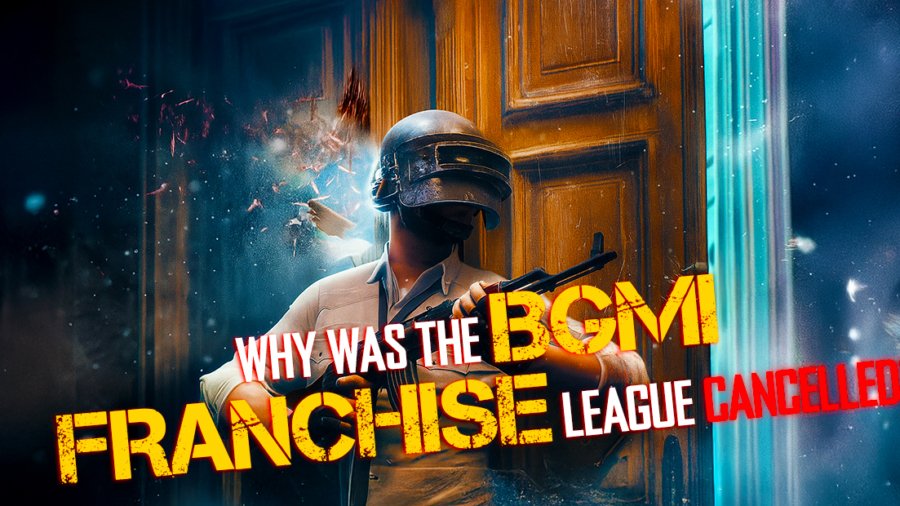Both fans and organizations were shocked by the BGMI Franchise League’s demise. After months of anticipation, Krafton pulled the plug, and the reasons go deeper than just scheduling issues.
At the heart of it lies a lack of long-term structure and uncertain ROI for esports organizations. Several top Indian orgs raised concerns about unclear revenue models, franchise fees, and the absence of a strong roadmap. Without clarity, investing big didn’t make sense.
There was also pushback from the community. Fans expected open qualifiers and fair competition, not a closed league. The fear? BGMI would become an elite-only game, killing the grassroots ecosystem that made it popular.
A Promising Start: The Grand Vision for BGMI’s First Franchise League
BGMI’s first-ever franchise league is more than just a tournament; it’s a turning point for Indian esports. Krafton has made it clear: they’re not just building a game, they’re building a legacy.
The BGMI franchise league aims to bring structure, long-term investments, and star power to the scene. Teams will now operate like pro sports franchises, such as the IPL or ISL, but for battle royale gaming. That means revenue sharing, player contracts, transfer windows, and a roadmap for growth.
The league is expected to feature 8–10 franchise teams, each backed by major orgs or brands. Early reports suggest interest from names like S8UL, GodLike, and OR Esports, all fan-favorites with massive followings.
Krafton’s vision also includes regular seasons, LAN events, media rights, and sponsorship deals. This is a clear step towards transforming India’s BGMI esports from fervent pop-ups to a sophisticated, long-lasting ecosystem.
The Unexpected Roadblock: Why Some Slots Went Empty in the League
- Late announcements gave potential team owners too little time to organize investments, staff, or logistics.
- High entry costs, including league fees, player salaries, and operations, scared off smaller investors.
- Sponsorship challenges made it tough for new franchises to secure financial backing in time.
- Unfavorable locations lacked the infrastructure or local fan base to support a competitive team.
- Short planning windows left little room for building a team roster, training, or branding efforts.
- Risk vs. reward uncertainty kept cautious investors away without clear long-term returns.
- Franchise hesitations mirrored the early struggles of major leagues like IPL and MLS before they scaled up.
What’s Next? Postponement to 2026 and Alternative Plans
The event is officially postponed to 2026. While disappointing, the delay opens up room for more thoughtful planning and stronger execution.
Why the wait? Organizers cited logistics, rising costs, and timing issues. Instead of rushing, they’re aiming to create a better experience with new locations, improved formats, and more interactive elements.
In the meantime, alternative plans are already in motion. Smaller regional events are being scheduled for 2025. These will act as warm-ups, offering fans and partners a chance to stay engaged without waiting another year.
For example, a mini-expo is set to take place in Singapore early next year, focusing on tech innovation and sustainability. Similar pop-ups are expected across Europe and North America.
Keeping the Momentum: Replacements in Prime Time
A star’s departure from a prime-time show can cause a lot of disruptions. But great replacements keep the momentum going and sometimes, even take the spotlight.
TV cast replacements have become a strategic move, not just a backup plan. Consider The Office following Steve Carell’s departure. James Spader stepped in, followed by a rotating door of bosses. While it wasn’t the same, it kept fans engaged through fresh dynamics.
Another standout? Two and a Half Men. A new energy was brought by Ashton Kutcher when Charlie Sheen left. The show saw a dip, but it stayed alive for four more seasons.
Wise casting choices, whether they’re surprising, familiar, or just plain bold, can turn risk into reward. Networks now plan for possible shakeups, building in storylines that allow new faces to slide in without losing the audience.


